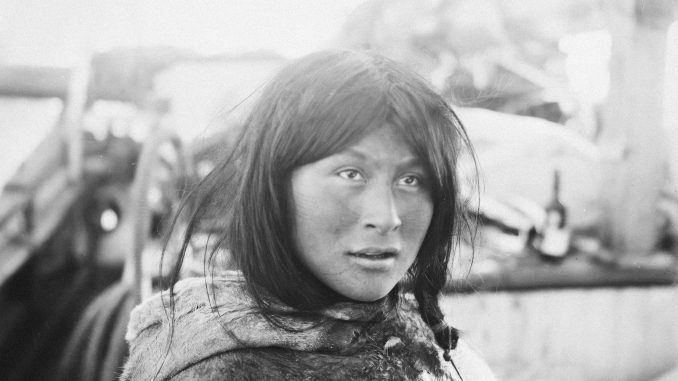
By Flora Lassalle
The Indian Act became law in Canada in 1967. Its official goal was to protect the First Nations’ ancestral lands from the colonists. Sadly, this law allowed above all for the assimilation and control of the Indigenous people.
The South African government was inspired by Canada’s own Indian Act when it created the apartheid system in 1940.
In Canada, the Indian Act criminalized spiritual ceremonies; and prevented Indians from voting, owning land and leaving their reserves without permission. It also imposed controls on Indigenous hunting, sales, and culture. It took away a parent’s rights to raise their children, and considerably repressed their freedom of expression.
Even if most of these articles are not in force today, the Indian Act still exists. An Indian still can’t own land in many respects. Reserves are integrally federal territory. The government can seize a person’s belongings at any moment if it sees a public interest in doing so. At best, reserve residents can obtain a certificate of possession attesting to the right to occupy a property for a certain number of years.
Banks cannot seize property on reserves. That’s why First Nations people and bands often see their requests for a loan denied.
Until 1985, if a non-Indigenous woman married and had a child with an Indigenous man, she and her progeny could get status as Indians. But if a non-Indigenous man married an Indigenous woman, neither she nor her children could obtain this status. The Indian Act was particularly bad for women. Even today, if a non-Indian woman divorces her husband she can be tossed out of her dwelling with no recourse. Nor do such women have equal rights to speak in band councils. The Native Women’s Association of Canada battle against the numerous injustices that indigenous women and girls face.
The Indian Act perpetuates discrimination. Amnesty International and the United Nations have denounced it on several occasions, since it goes against the fundamental rights of the person.

Leave a Reply